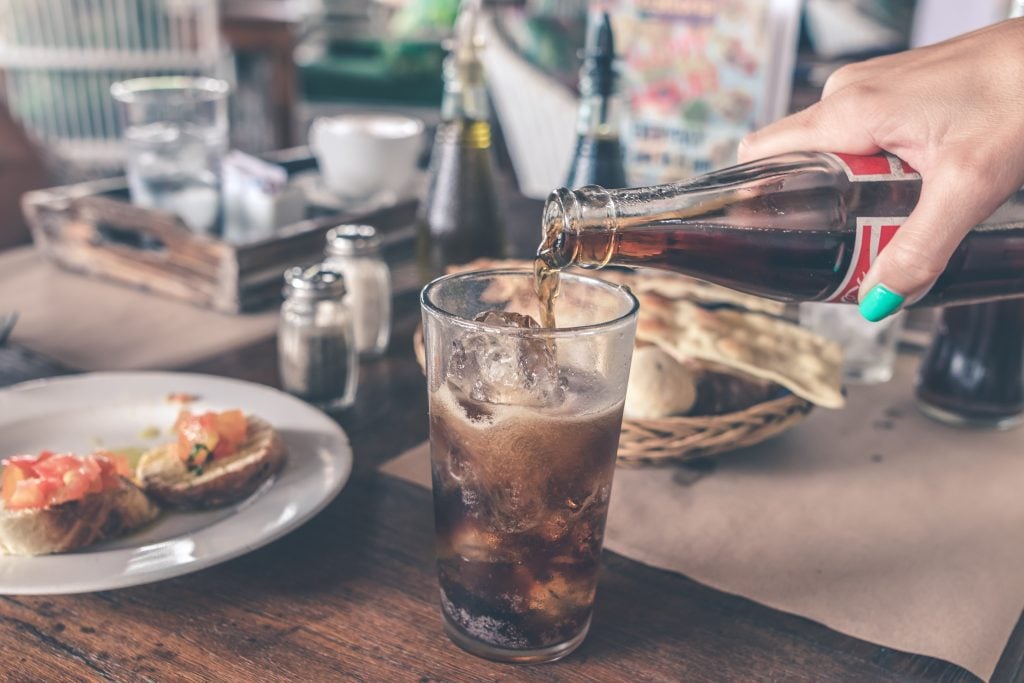How Did Processed Foods Get So Unhealthy?
Food processing was an essential part of our evolution, and without these discoveries, we would likely not have reached the point we’re in now as a modern civilization. The ancient forms of food processing were both valuable and tasty. So how did we get to this point where processed foods are known as unhealthy?

Previously, all food processing served an excellent purpose: cooking food helped add flavor and soften it, making it easier to eat and extract nutrients from. Fermentation, milling, and baking also made it easier to digest raw produce and grains. Salting and pasteurization make foods safer to eat and last longer. Because of this, early humans were better equipped to travel long distances and survive famines.
We still use all of these processes today, and most food processing maintains these intentions. However, much of the processed food we get today is downright unhealthy.
“The problem is that, in the past half-century, a different type of food processing has been developed,” says Fernanda Rauber, a nutritional epidemiologist. Many food companies use cosmetic additives – colorants, thickeners, flavorings, emulsifiers, and gelling agents – to give foods that would otherwise be unpalatable an enjoyable taste and texture.

These additives add no natural nutrition to foods, and even when manufacturers add nutrients back into processed foods, it’s not the same as the real thing. For one, processed foods are missing all the essential phytochemicals and antioxidants of natural foods. But even when they add nutrients back into foods, like cereal fortified with fiber or iron, it’s not as healthy as it sounds. Added nutrients are not as effective or absorbed as well as those in whole foods.
Additionally, the sugars we use are highly refined and have an incredibly high caloric content. These sugars, like high-fructose corn syrup, are used in excess as cheap flavor and texture enhancers and bulking agents. Many times, it’s used to mask the real unpleasant taste (or complete lack of taste) caused by excessive processing.
